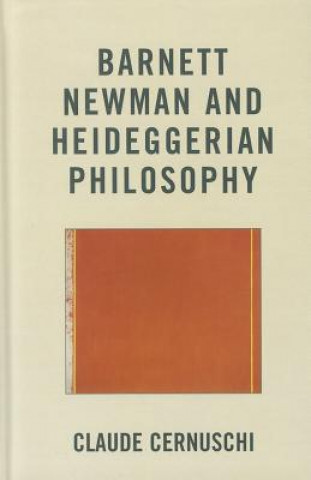
Kód: 05091796
Barnett Newman and Heideggerian Philosophy
Autor Claude Cernuschi
As a major member of the New York School, Barnett Newman is celebrated for his radical explorations of color and scale and, as a precursor to the Minimalist movement, for his significant contribution to the development of twentiet ... celý popis
- Jazyk:
 Angličtina
Angličtina - Vazba: Pevná
- Počet stran: 348
Nakladatelství: Fairleigh Dickinson University Press, 2012
- Více informací o knize

Mohlo by se vám také líbit
-

Pathfinder Player Companion: Faiths of Corruption
288 Kč -

Reading the Architecture of the Underprivileged Classes
5181 Kč -

What Should Armies Do?
3343 Kč -

Judging the Judges, Judging Ourselves
1253 Kč -

Words of Intelligence
1874 Kč -

American-Built Clipper Ship, 1850-1856
1120 Kč -

Still Born
368 Kč
Dárkový poukaz: Radost zaručena
- Darujte poukaz v libovolné hodnotě a my se postaráme o zbytek.
- Poukaz se vztahuje na celou naši nabídku.
- Elektronický poukaz vytisknete z e-mailu a můžete ihned darovat.
- Platnost poukazu je 12 měsíců od data vystavení.
Více informací o knize Barnett Newman and Heideggerian Philosophy
Nákupem získáte 416 bodů
 Anotace knihy
Anotace knihy
As a major member of the New York School, Barnett Newman is celebrated for his radical explorations of color and scale and, as a precursor to the Minimalist movement, for his significant contribution to the development of twentieth-century American art. But if his reputation and place in history have grown progressively more secure, the work he produced remains highly resistant to interpretation. His paintings are rigorously abstract, and his writings full of references to arcane metaphysical concepts. Frustrated over their inability to reconcile the works with what the artist said about them, some critics have dismissed the paintings as impenetrable. The art historian Yve-Alain Bois called Newman "the most difficult artist" he could name, and the philosopher Jean-Francois Lyotard declared that "there is almost nothing to 'consume' [in his work], or if there is, I do not know what it is." In order to advance interpretation, this book investigates both Newman's writings and paintings in light of ideas articulated by one of Germany's most important and influential philosophers: Martin Heidegger. Many of the themes explored in Newman's statements, and echoed in the titles of his paintings, betray numerous points of intersection with Heidegger's philosophy: the question of origins, the distinctiveness of human presence, a person's sense of place, the sensation of terror, the definition of freedom, the importance of mood to existence, the particularities of art and language, the impact of technology on modern life, the meaning of time, and the human being's relationship to others and to the divine. When examined in the context of Heideggerian thought, these issues acquire greater concreteness, and, in turn, their relation to the artist's paintings becomes clearer. It is the contention of this book that, at the intersection of art history and philosophy, an interdisciplinary framework emerges wherein the artist's broader motivations and the specific meanings of his paintings prove more amenable to elucidation.
 Parametry knihy
Parametry knihy
Zařazení knihy Knihy v angličtině Humanities Philosophy History of Western philosophy
4158 Kč
- Plný název: Barnett Newman and Heideggerian Philosophy
- Autor: Claude Cernuschi
- Jazyk:
 Angličtina
Angličtina - Vazba: Pevná
- Počet stran: 348
- EAN: 9781611475197
- ISBN: 1611475198
- ID: 05091796
- Nakladatelství: Fairleigh Dickinson University Press
- Hmotnost: 640 g
- Rozměry: 175 × 234 × 27 mm
- Datum vydání: 22. March 2012
Oblíbené z jiného soudku
-

Meditations
265 Kč -

The Myth of Sisyphus
169 Kč -

Why I Am so Clever
90 Kč -

Meditations
410 Kč -

Republic
282 Kč -

Beyond Good and Evil
258 Kč -

Gay Science
314 Kč -

Aphorisms on Love and Hate
68 Kč -

Beyond Good & Evil
355 Kč -

Meditations on First Philosophy
256 Kč -

Intellectual Life
454 Kč -

Socrates' Defence
90 Kč -

Discourses, Fragments, Handbook
306 Kč -

Ride the Tiger
492 Kč -
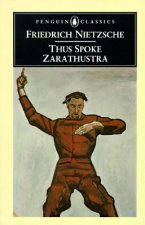
Thus Spoke Zarathustra
286 Kč -

Fear and Trembling
276 Kč -

Birth of Tragedy
90 Kč -
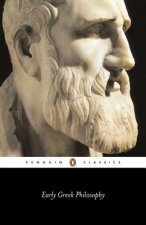
Early Greek Philosophy
357 Kč -

Groundwork for the Metaphysics of Morals
276 Kč -
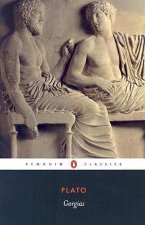
Gorgias
232 Kč -

Brief History of Analytic Philosophy - From Russell to Rawls
955 Kč -

On Duties
322 Kč -

Discourses and Selected Writings
306 Kč -

Nicomachean Ethics
136 Kč -

Nausea
276 Kč -

Letters from a Stoic
276 Kč -

Meditations
505 Kč -

Simulacra and Simulation
416 Kč -

Phenomenology of Spirit
549 Kč -

Twilight of the Idols with The Antichrist and Ecce Homo
136 Kč -

On Liberty, Utilitarianism and Other Essays
223 Kč -

On the Suffering of the World
196 Kč -

Human Condition
514 Kč -

On the Shortness of Life
234 Kč -

Existentialism Is a Humanism
212 Kč -

Think
324 Kč -

Guide to the Good Life
434 Kč -

How To Be A Stoic
441 Kč -
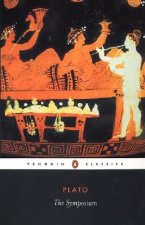
The Symposium
235 Kč -

Human, All Too Human & Beyond Good and Evil
136 Kč -

At The Existentialist Cafe
277 Kč -

Undiscovered Self
708 Kč -
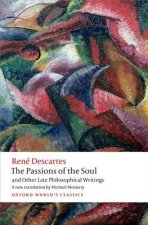
Passions of the Soul and Other Late Philosophical Writings
361 Kč -

The Trouble With Being Born
306 Kč -

Leviathan
136 Kč -
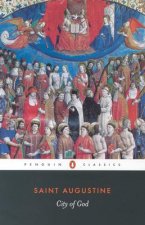
City of God
452 Kč -

Ecce Homo
249 Kč -
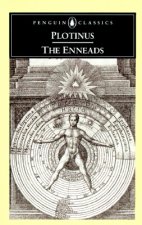
Enneads
382 Kč -

On Friendship
196 Kč
Osobní odběr Praha, Brno a 12903 dalších
Copyright ©2008-24 nejlevnejsi-knihy.cz Všechna práva vyhrazenaSoukromíCookies



 Vrácení do měsíce
Vrácení do měsíce 571 999 099 (8-15.30h)
571 999 099 (8-15.30h)